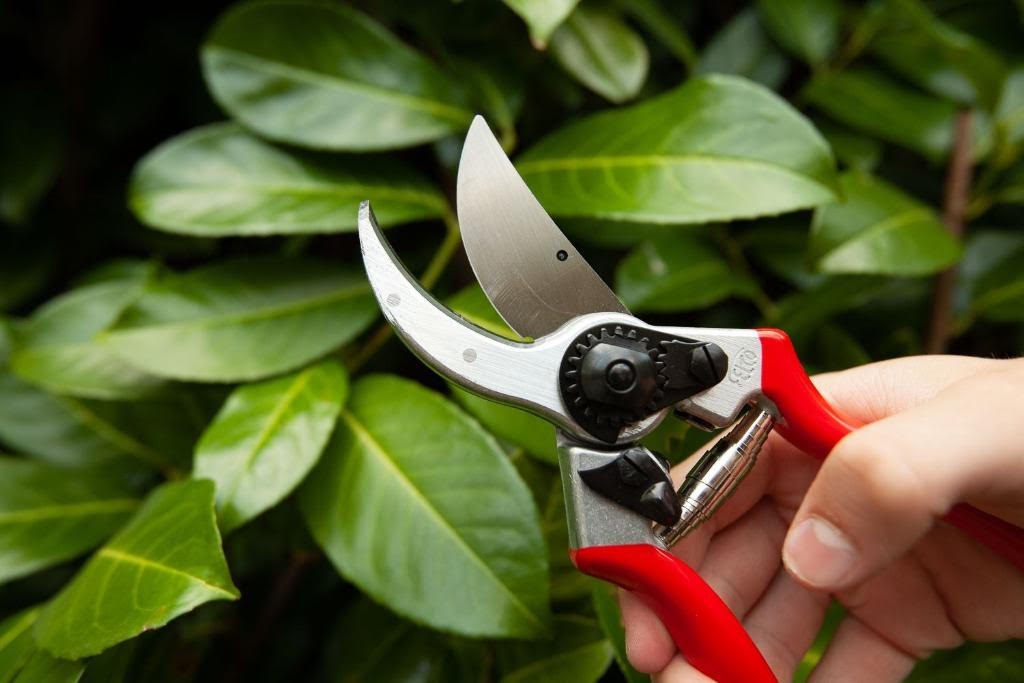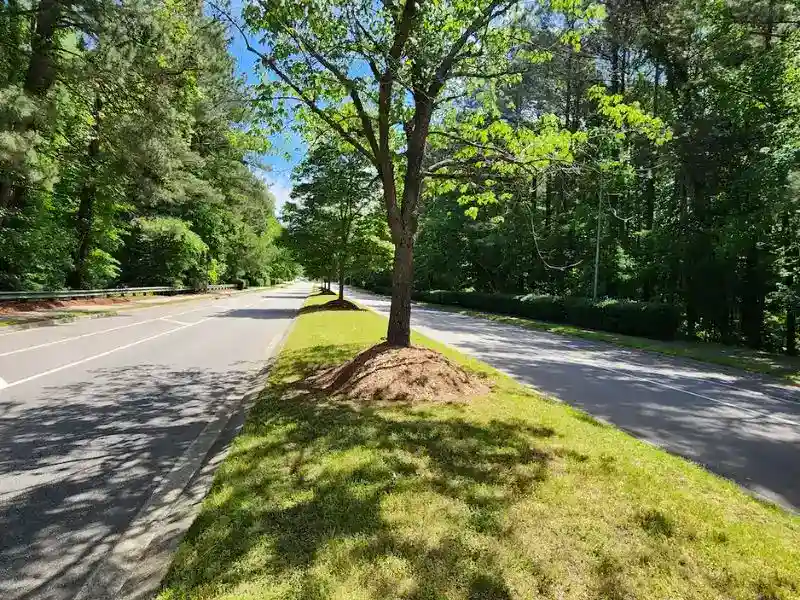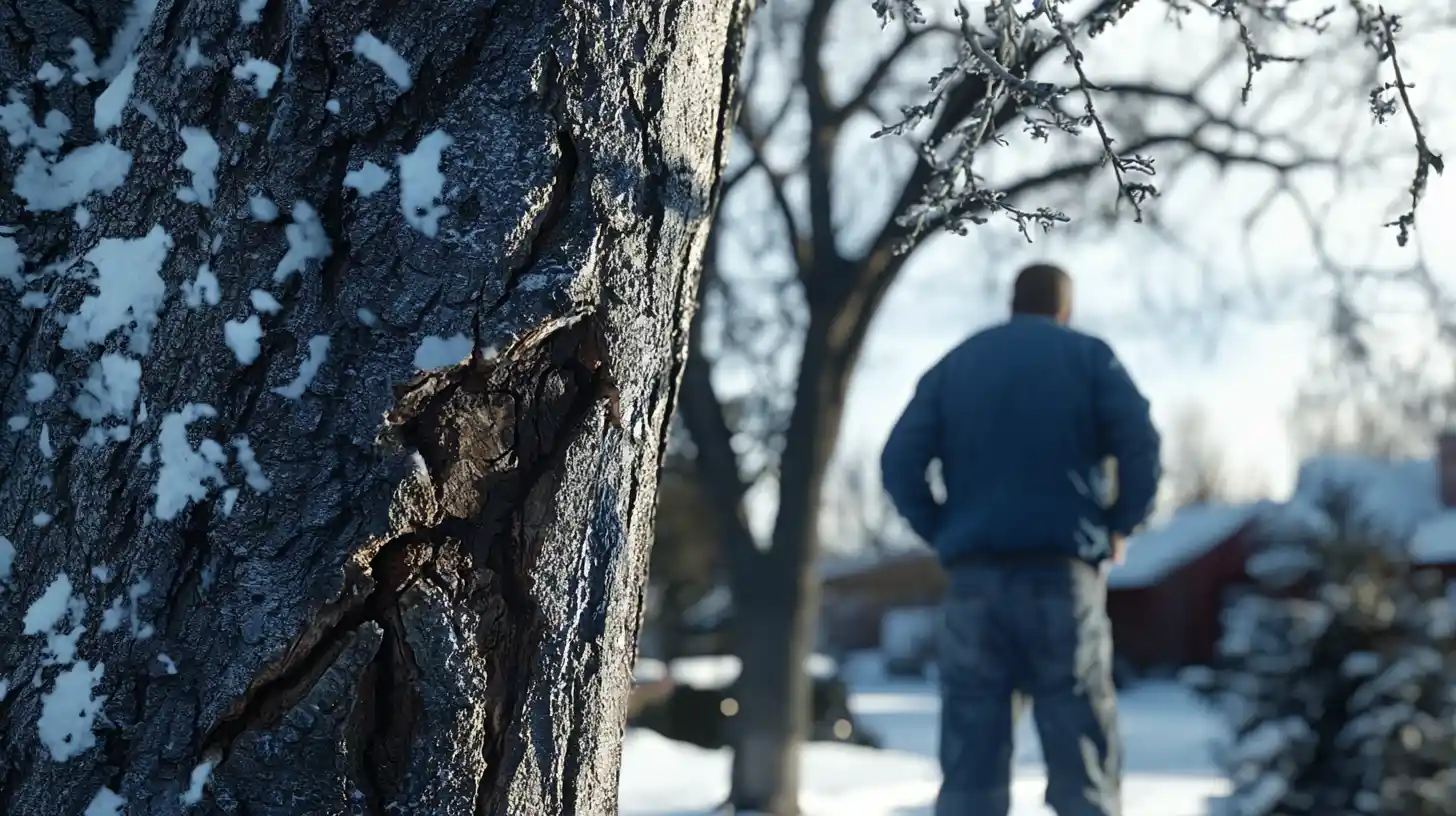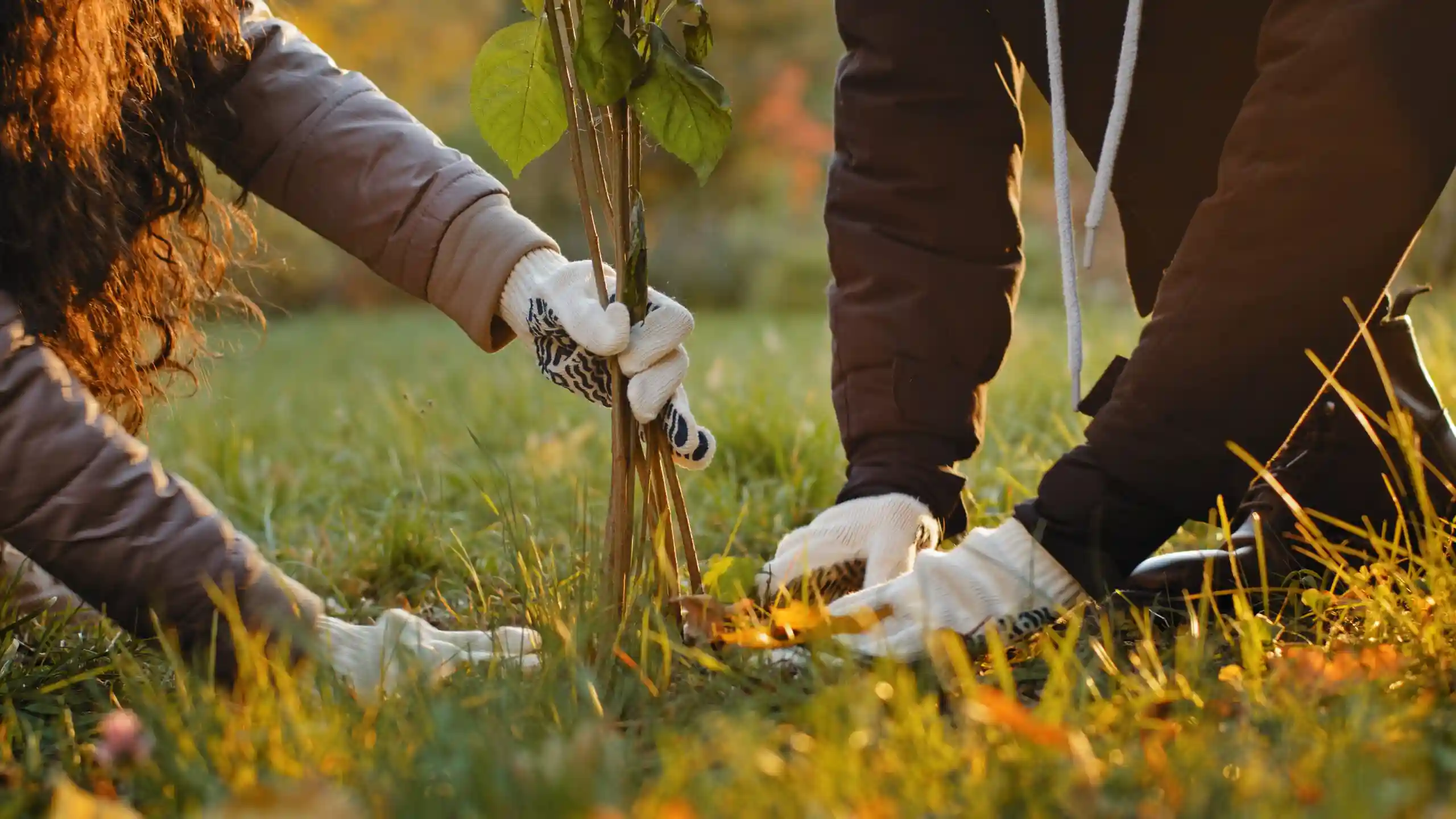
The Importance of Tree Pruning: Enhancing Health, Safety, and Beauty
Maintaining the health, safety, and beauty of your trees is a responsibility that shouldn’t be overlooked. One of the key practices inn tree care is the importance of tree pruning. Pruning plays a vital role in promoting tree health, ensuring safety, and enhancing the aesthetics of your landscape. In this blog post, we will delve into the significance of tree pruning and why it should be an integral part of your tree and shrub care routine.
-
Health and Vigor: Tree pruning is essential for maintaining the overall health and vigor of your trees. By removing dead, diseased, or damaged branches, you prevent the spread of decay or pests that can harm the tree. Additionally, pruning stimulates the growth of new, healthy branches and improves air circulation within the canopy. This increased airflow allows sunlight to penetrate the inner parts of the tree, aiding in photosynthesis and promoting overall tree vitality.
-
Safety: Pruning trees on a regular basis significantly reduces the risk of accidents or property damage caused by falling branches. Dead or weakened branches are more susceptible to breaking and falling, particularly during storms or high winds. By removing these hazardous branches, you create a safer environment for people, structures, and other plants. Pruning also helps eliminate branches that may obstruct vision or impede access to buildings, walkways, or roads, ensuring the safety of individuals and preventing potential conflicts.
-
Structural Integrity: Proper pruning contributes to the development of strong tree structures. By selectively removing weak or crossing branches, you minimize the risk of structural issues such as splitting or breakage. This practice also prevents trees from becoming unbalanced or top-heavy, which can lead to instability. Maintaining a well-spaced framework of branches promotes healthy growth and ensures long-term stability, preserving the structural integrity of the trees on your property.
-
Aesthetics and Landscape Appeal: Pruning is a valuable tool for enhancing the visual appeal of your landscape. By skillfully shaping the trees, you can create an aesthetically pleasing environment that complements your outdoor space. Proper pruning techniques can accentuate the natural form of the tree, highlighting its unique characteristics. Additionally, pruning promotes the growth of flowers and fruits, adding to the ornamental value of the tree. A well-maintained and thoughtfully pruned tree not only enhances your property’s curb appeal but also contributes to the overall beauty and ambiance of your surroundings.
-
Disease and Pest Control: Pruning plays a crucial role in managing diseases and pests that may affect your trees. Prompt removal of infected or infested branches prevents the spread of pathogens and pests throughout the tree. Furthermore, pruning improves air circulation and sunlight penetration, creating an environment that is less favorable for disease development. By enhancing the tree’s overall health and vitality, pruning increases its resilience to various diseases and pests, thereby reducing the need for chemical treatments and preserving the natural balance of your landscape.
Tree pruning is an essential practice for maintaining healthy, safe, and beautiful trees and shrubs. By understanding the significance of pruning and implementing proper techniques, you can promote tree health, reduce potential hazards, and create an appealing landscape. If you require assistance with tree pruning or have specific concerns, it is advisable to consult with a professional arborist or tree care specialist for expert guidance and care.
By taking these simple steps, you can help keep your trees healthy and thriving. If you would like professional help, reach out to the professionals at BroadLeaf Tree & Shrub. We also invite you to join our conversation on Facebook.



